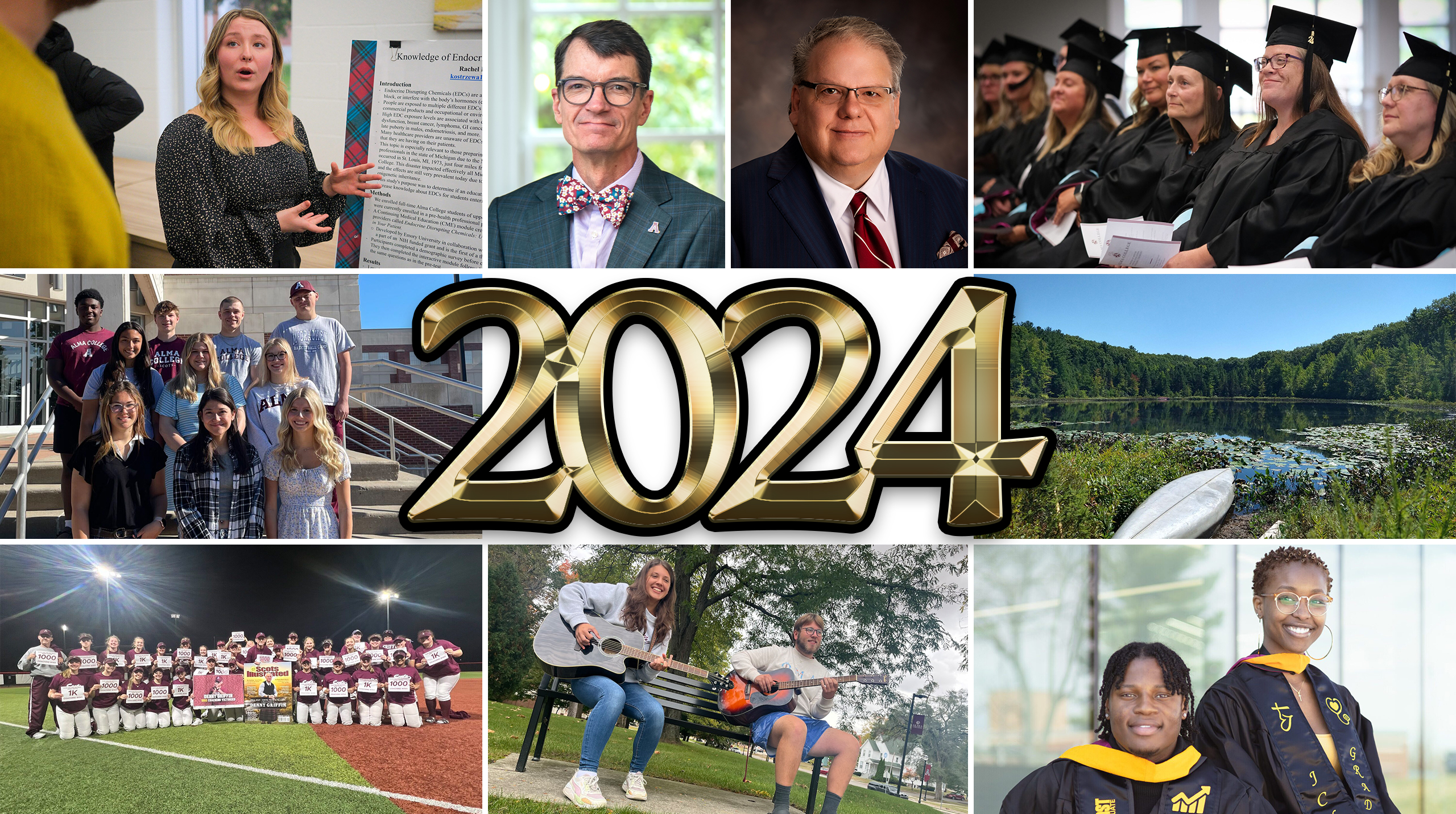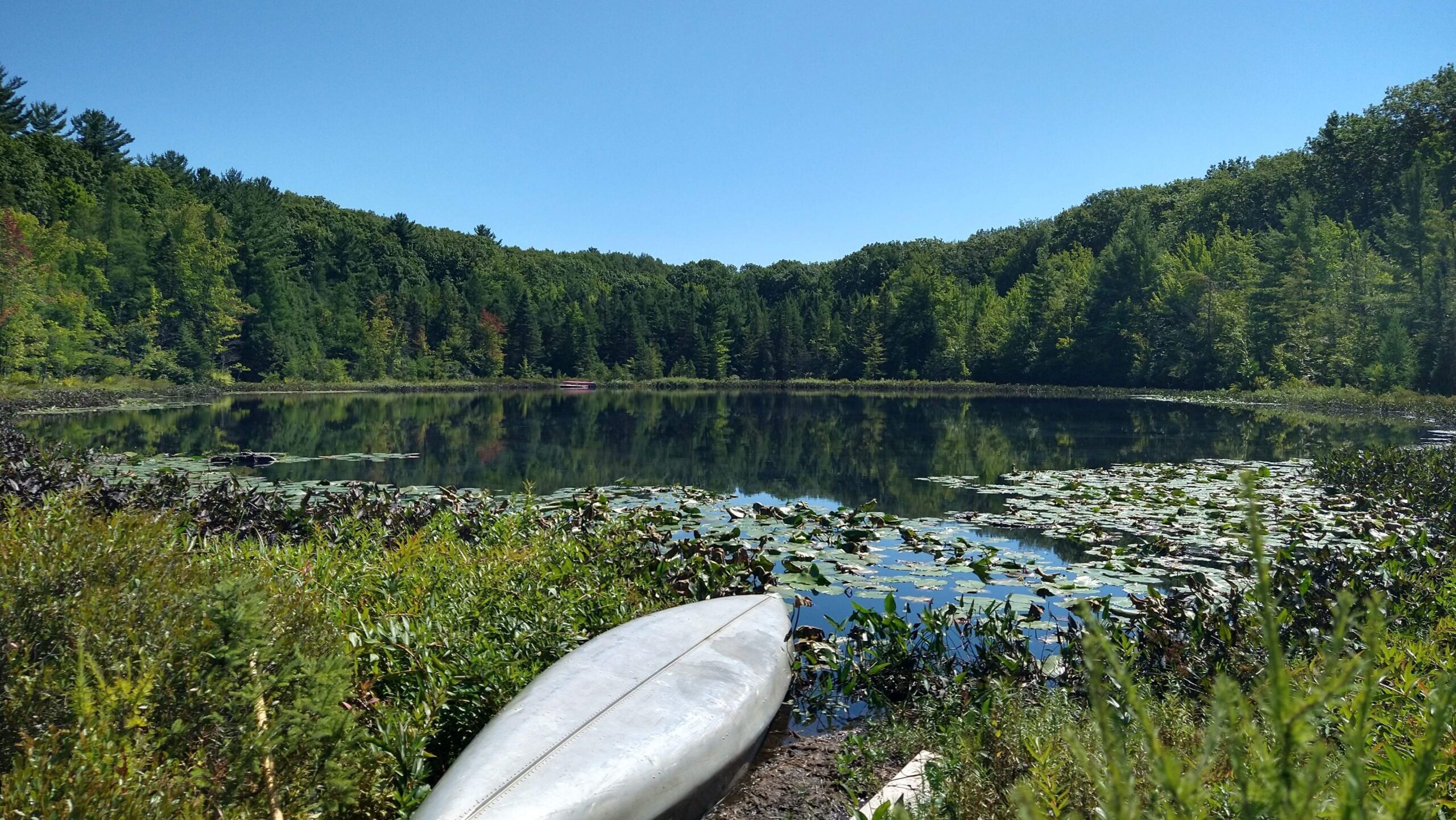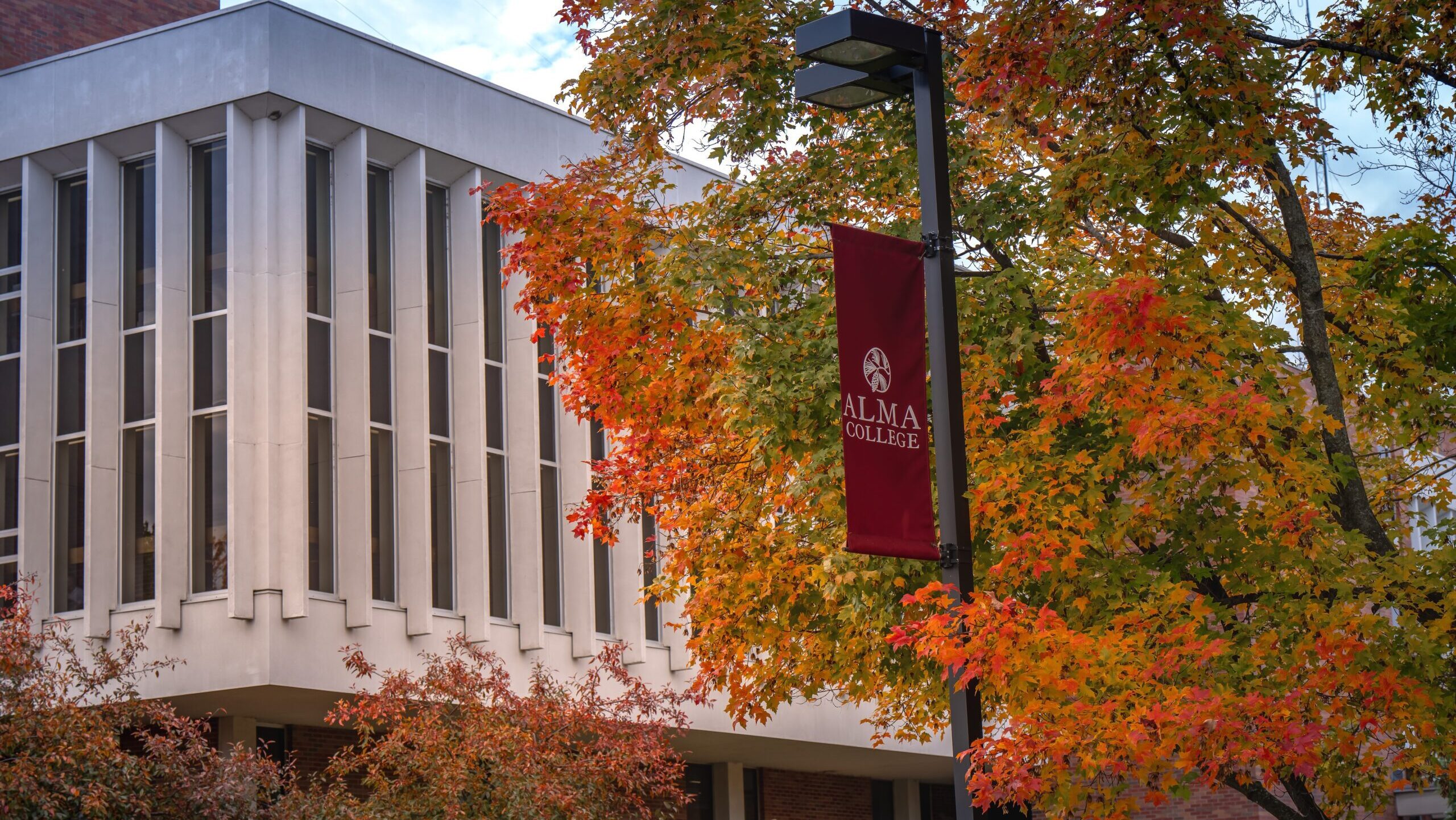ALMA — Both casual passersby as well as longtime residents may notice active forest management activity beginning in the next couple of weeks at the Alma College Ecological Station property, better known as “the Bog,” located near the town of Vestaburg.
Not to worry, say Alma faculty. The college is working to restore a more diverse, native ecological community, which will preserve and improve the Bog for generations to come and allow students to continue to study an interesting and unique resource in the field of science.
“Sometimes, the things that we do can look destructive, when in actuality they are very constructive,” said John Rowe, William R. Angell Professor of Biology at Alma College. “There are plenty of rational questions about why we’re doing this, and we want to assure everyone that it’s being done for the right reasons — the most important of which being that we have an aging forest that is developing in a number of ways that reduce its ecological values and long-term health.”
- Ask big questions and find answers through hands-on work in the laboratory and research. Learn more about biology at Alma College.
Currently, Rowe explained, large areas of the forest are composed of deteriorating Bigtooth Aspen trees, a sparse amount of forest plants and an overabundance of tree species that thrive in shady, static conditions, such as American Beech and Red Maple trees.
If no management is performed, Rowe said, these trees will continue to dominate other species in the forest. However, if a sustainable removal of declining trees is performed, a richer diversity of tree, shrub and plant species of different ages will develop in areas where sunlight is allowed to reach the forest floor and a flush of dynamic, new growth can occur.
Rowe said that a primary goal is to add more native oaks, hickories and other tree, shrub and plant species — both through natural means and planting — that provide outsized benefits to the entire food chain. The end result will be a healthier, more abundant forest that supports a wider range of wildlife.
The current shady, static conditions are also conducive to the expansion of invasive species in the forest, Rowe said. Removing the invasive species and replacing them with more beneficial native ones will improve the diversity of grassland birds and other wildlife that have been declining in recent years. A region of the forest will be managed to represent a “legacy forest,” which includes some of the oldest and grandest trees on the property, Rowe added.
“Up to this point, we’ve had a pretty hands-off take on management practices in the Bog, but the trend worldwide is now to embrace a more proactive approach to address the myriad challenges faced today by our forestlands,” Rowe said. “A more diverse environment means a healthier environment, which will create a more sustainable Bog to serve our students years into the future.”
Work is expected to begin in October and finish in spring 2025, overseen by Natural Capital Forestry, an East Lansing-based forestry consulting firm that focuses on maximizing long-term forest health. Short-term reductions in aesthetics on the property from the forest-management work will be minimized by establishing adjacent “buffer zones” between areas that are affected.
- The biochemistry program at Alma College is truly interdisciplinary. As a student, you’ll integrate coursework in chemistry, biology, physics, basic and advanced biochemistry, genetics and molecular biology, toxicology and cell biology. Learn more.
The Bog property has been used by Alma College faculty and students to study animals, fungi, plants and aquatic life since the late 1800s, said Associate Professor of Biology and Biochemistry Brian Doyle. The Bog lies within the central feature of the college property, a kettle lake that was carved by glaciers that acted like massive bulldozers during the Ice Age. The Bog is immediately surrounded by more-common wetlands, mature forests with some old-growth characteristics, secondary forested areas and abandoned agricultural fields.
The lake and bog areas were acquired by the college in 1966 and have since gradually increased in size, currently totaling 222 acres.
“To the mid-Michigan area, the Bog may be sort of a hidden gem,” Doyle said. “But for years and years, faculty have taken students out to the property for a number of classes and research experiences. We study everything from ecology to chemistry to biology out there. And it’s often the case that when we ask students, after they graduate, about their favorite experiences during their time at Alma, they mention their time at the Bog.
“It’s true that when they’re at the Bog, our students are learning relevant scientific skills that they can take with them into the professional world. What sticks out more, I think, is that they are having hands-on experiences, knee-deep in the muck. That’s really what you take with you when you leave — and by doing this proactive forest management work, it’s what we hope to preserve,” Doyle added.




